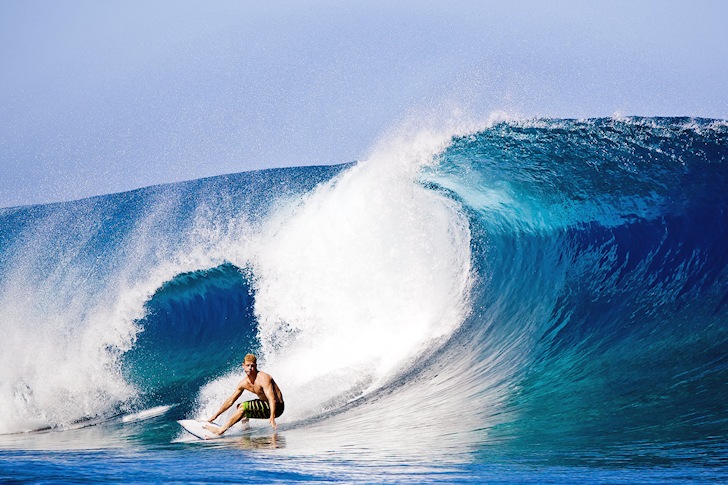With about 130 islands, divided into six groups, French Polynesia is an overseas country of the French Republic, located in the South Pacific Ocean, between Australia and South America.
With a total land area of 3,521 square kilometers, the archipelago has Tahiti as its most important and inhabited island.
It is where the capital, Papeete, is located.
French Polynesia has a hot, humid, tropical climate, although with some slight variations due to the extension of the territory.
Temperatures are warm throughout the year, with little variation between the different seasons. The average temperature in Papeete is 26 °C.
The rainy season occurs between November and April, with short heavy storms and showers. The relative humidity, however, remains high all year round.
The archipelago is under the influence of prevailing northeastern and southeastern trade winds and can occasionally face typhoons.
The islands of Tahiti and Moorea are very much exposed to several groundswell sources.
The S/SW swells peak between April and October, while the summer N/NW swells arrive between November and March. You don't need wetsuits here.
French Polynesia offers powerful, consistent waves year-round.
If you're a barrel lover, get ready for deep pits. Perfect waves are everywhere, but they also require experienced drivers.
During the winter, the island of Moorea offers two high-quality surf spots.
Hauru Point and Irihonu are located north, while Haapiti sits in the Southwest region. Near the local airport, find Temae.
The island of Tahiti has great surf breaks, almost everywhere. Matavai, Papenoo, Taapuna, and Maraa dominate the northern region, near Papeete.
The south of Tahiti is for experts, with the exception of Papara, a great break for beginners.
Two surf spots pump the world's fastest waves - Vairao and Teahupoo.
